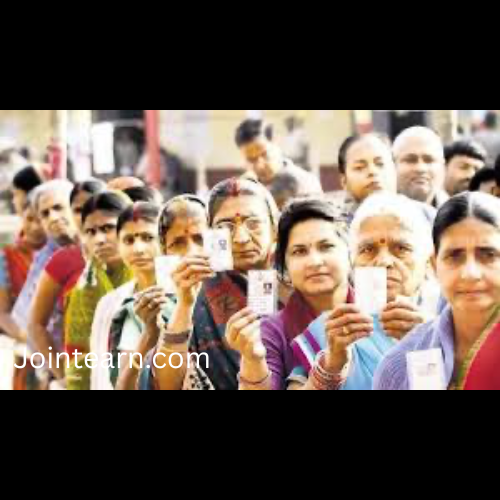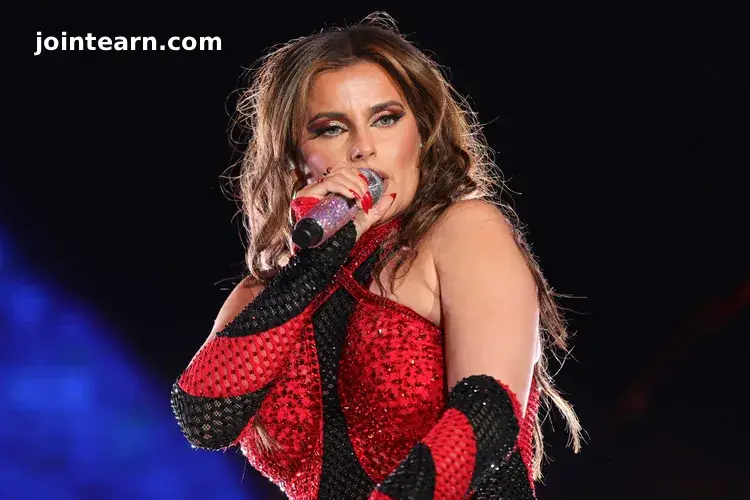
As Bihar heads toward the upcoming assembly elections, the issue of representation has once again come to the forefront. Political parties have fielded only 34 Muslim candidates across the state, even though Muslims constitute nearly 17.7% of Bihar’s total population. The figures have sparked resentment among community leaders, who have voiced concerns over what they describe as “deliberate underrepresentation” of Muslims in the political arena.
Underrepresentation Despite Significant Population Share
According to the latest data, the Rashtriya Janata Dal (RJD), led by Tejashwi Yadav, has given tickets to 18 Muslim candidates out of its 143 total candidates — accounting for around 12.58%. In the 2020 assembly elections, the RJD had fielded 15 Muslim candidates out of 144, which means the number has increased only marginally despite repeated demands from the community for better representation.
The ruling Janata Dal (United), or JD(U), led by Chief Minister Nitish Kumar, has fielded just four Muslim candidates out of 101 seats — a steep decline from 10 Muslim candidates it fielded in the previous election. The JD(U) has often claimed to work for the welfare of minorities, but the latest figures have led to disappointment within the community, especially since the party has historically drawn some support from Muslim voters in certain regions of the state.
The Congress, which is contesting 61 seats as part of the opposition alliance, has fielded 10 Muslim candidates. On the other hand, the Bharatiya Janata Party (BJP) has not given a single ticket to any Muslim candidate, maintaining a consistent stance from previous elections. Its ally, the Lok Janshakti Party (Ram Vilas), has fielded just one Muslim candidate.
Prashant Kishor’s Jan Suraaj Party, which had earlier announced plans to field around 40 Muslim candidates, ultimately gave tickets to only 21. Political observers say this fall from the initial promise has further deepened skepticism among minority voters, many of whom see the shortfall as another indication of tokenism rather than genuine inclusion.
Muslim Voters’ Influence in Key Constituencies
Muslims form a significant voting bloc in Bihar’s political landscape. They constitute over 20% of the population in 87 assembly constituencies, and about three-fourths of the state’s Muslim population is concentrated in northern Bihar — particularly in districts such as Kishanganj, Araria, Katihar, Purnia, and Seemanchal.
Given their sizable presence in these regions, Muslim voters have historically played a decisive role in determining the outcome of several constituencies. However, the consistent lack of proportional representation in the state assembly has been a recurring grievance.
Discontent Among Muslim Leaders
Following the release of candidate lists, a group of Muslim leaders convened an informal meeting in Patna to discuss the issue of inadequate representation. The meeting, attended by several local political figures and community leaders, reflected growing discontent and frustration.
“It was an informal meeting, and we will meet again. But at the same time, we do not have an option,” said Anwarul Hooda, one of the participants. The statement highlights the dilemma faced by many Muslim voters who feel compelled to support secular parties despite feeling sidelined in ticket allocations.
Veteran Congress leader Ali Anwar echoed this sentiment, expressing deep disappointment with political parties across the spectrum. “The parties are afraid of polarisation if more Muslims are fielded,” he said. “All our talk of representation as per population has gone for a toss. These secular parties are afraid of whom? But in the interest of the nation and to support secular forces, we will continue our support to the RJD-led alliance.”
His remarks reflect a growing frustration among Muslim leaders who accuse mainstream political parties of reducing minority representation out of fear of electoral backlash in a politically charged atmosphere.
Historical Context: A Decline in Muslim Representation
The underrepresentation of Muslims in Bihar’s legislative assembly is not new. Data shows that since the formation of the state assembly in 1952, only 390 Muslim legislators have been elected — just 7.8% of the total number of MLAs elected in that period.
The highest level of Muslim representation was recorded in 1985 when 34 Muslim legislators were elected to the undivided Bihar assembly, which then had 324 members. However, this proportion has since declined significantly. In the 2020 elections, only 19 Muslim lawmakers were elected to the 243-seat assembly — a mere 7.8% of the total strength, well below the community’s share in the state’s population.
The only time Bihar had a Muslim chief minister was in the 1970s, when Abdul Ghafoor served for less than two years. Since then, no Muslim leader has held the state’s top political office.
Muslim Political Groups Demand Fair Representation
Muslim political and civil society organizations have long demanded greater representation proportional to their demographic presence. Under the banner of the Adl-O-Insaf Front, community leaders passed a resolution last year highlighting the electoral importance of Muslim voters in Bihar. The resolution pointed out that Muslims account for between 12% and 42% of voters in at least 15 of Bihar’s 40 Lok Sabha constituencies, including Kishanganj, which has an overwhelming 68% Muslim voter base.
Despite these figures, political analysts note that parties continue to treat Muslim candidates as a “calculated risk.” Fear of communal polarization, particularly in closely contested seats, often drives parties to limit the number of Muslim candidates they field. Many analysts believe this strategy stems from an attempt to prevent consolidation of Hindu votes against perceived “minority appeasement.”
Political Calculations and the Secular Dilemma
The current political scenario in Bihar underscores the complex balancing act that parties attempt to maintain. While secular and regional parties like RJD, Congress, and JD(U) rely heavily on Muslim votes, they are increasingly cautious about fielding too many Muslim candidates for fear of alienating other communities.
For the BJP, which has long focused on consolidating Hindu votes, the absence of Muslim candidates aligns with its larger national strategy. However, its allies’ limited inclusion of Muslim candidates reflects an awareness of the community’s electoral influence, particularly in pockets of northern and eastern Bihar.
Political experts argue that the continuing decline in Muslim representation is not just an electoral issue but also a democratic concern. They contend that fair representation of all communities is essential for inclusive governance and social harmony, especially in a diverse state like Bihar.
Conclusion: Representation Remains a Distant Goal
The discontent among Muslim leaders following the release of party tickets underscores a larger, long-standing problem — the gap between Bihar’s social composition and its political representation. While parties continue to rely on Muslim votes to bolster their electoral chances, the reluctance to field adequate Muslim candidates highlights a contradiction in their political strategies.
Despite assurances and repeated promises of inclusion, Bihar’s Muslim community remains underrepresented in the state’s political sphere. With just 34 Muslim candidates in the fray this election season, the question of equitable representation once again looms large.
As the state prepares for elections, the issue is likely to resonate across political and social circles. For now, leaders from within the community have chosen to extend their support to secular alliances like the RJD-led coalition — not out of satisfaction, but as a strategic choice to prevent further marginalization. Yet, the broader question remains: when will Bihar’s political landscape truly reflect the diversity of its people?


Leave a Reply